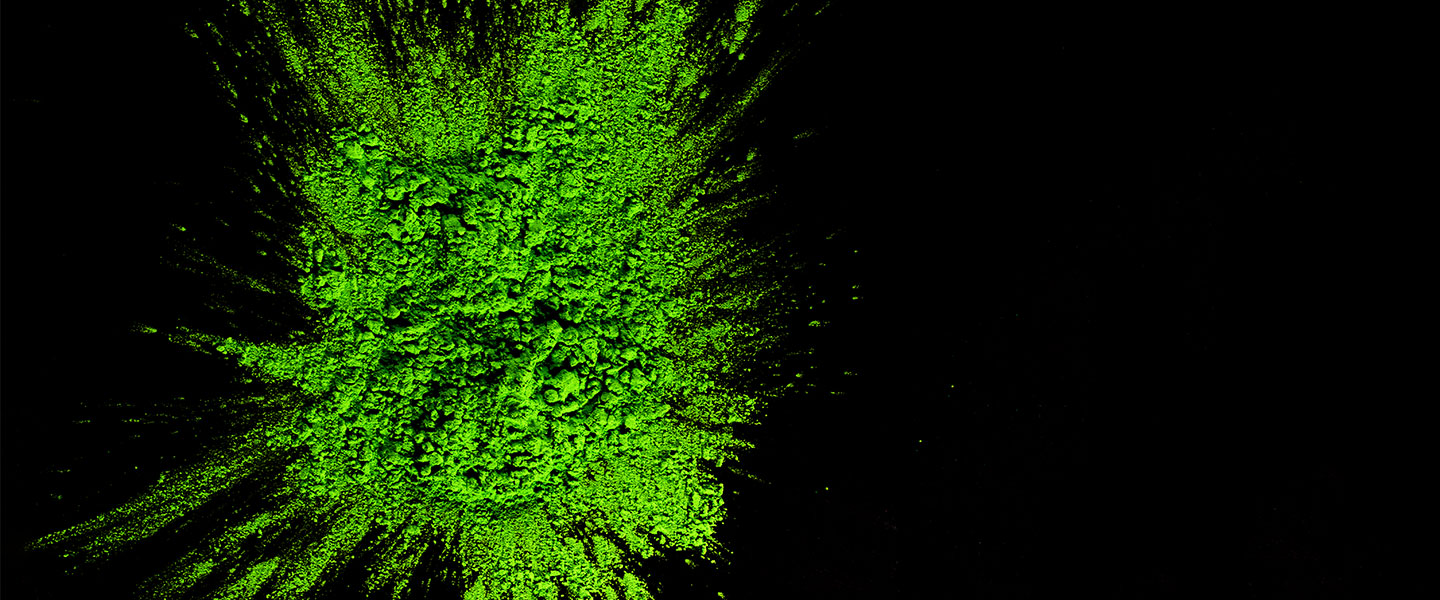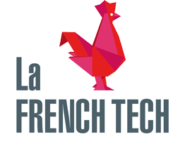No more doubts, microalgae are part of the food of the future. Consumed for their incredible proprieties (richness of protein, vitamins, lipids…), every microalgae has its specificities and assets. The market demand for food made of microalgae keeps on increasing. New consumers arrive regularly on the market and are impatient to discover this new kind of food. On the list of famous microalgae and cyanobacteria, you will find at the top : Chlorella and Spirulina. Other microalgae are arriving on the food market such as tetraselmis chui, odontella…
Chlorella, the microalgae with wonderful properties
Discovered in 1890, Chlorella is marketed for the first time in Japan around 1950 as a nutritious food known for its numerous virtues. A lot of people consume it for different reasons : weight loss, stronger immune system, cholesterol lowering…
This high nutritious food is cultivated in freshwater. It grows in pound and lacs all around the world. Several production tools exist to industrialize its culture.
The different cultivation methods to cultivate chlorella
For microalgae or cyanobacteria cultivation, two categories of production can be distinguished: heterotrophy and autotrophy. In heterotrophic systems, organic elements such as sugars are used to grow organism. On the other hand, autotrophic systems use inorganic elements like CO2.
Chlorella cultivation in heterotrophic systems: fermenters
Cultivating in fermenters obtains very high concentrations. In this type of system, the microalga is fed by sugars. Despite unbeatable records of production, this tool does not allow the chlorella to developpe vitamin B12 in sufficient quantity. However, microalgae consumers find this vitamin essential.
An important element is that operating this system is expensive. The supply of sugar is twice as necessary as the production of biomass. Therefore, to produce 500 tons of chlorella, 1000 tons of sugar will be necessary.
It is a very energy-intensive system that needs a drastic sterilization process. Indeed, the outperforming system does not make a difference between a microalga or a foreign matter. Therefore, every organism in the tank will grow.
To obtain a chlorella with all the characteristic required by the market; it is essential to favor systems using light.
The autotrophic cultivation of chlorella: photobioreactor number 1
In autotrophic systems, microalgae grow through photosynthesis.
Also, one of the methods available on the market is the cultivation of microalgae in ponds. The initial investment is far lower for this type of production system. However, productions will be really smaller. This system is not adapted to Chlorella, cyanobacteria such as Spirulina are far more responsive to pond cultivation.
Photobioreactors have a prominent place on the podium for cultivating chlorella. Less energy-consuming than fermenters, they associate productivity and security of the cultures. Concentrations will be less high than with fermenters but their use of photosynthesis allow them to obtain microalgae with all the proprieties expected. With a better carbon footprint, photobioreactors are tools more environmentally friendly and more respectful of the product.
To give you an example, on our systems, we obtain a concentration level of 500 million of cells per milliliter cultivating Chlorella Vulgaris.
For more information on our system, contact us 😉
What about mixotrophy?
Mixotrophy is the capacity of an organism to develop by heterotrophy and autotrophy. Cultivating mixotrophically combines the technology of autotrophic systems with those of heterotrophic systems. Therefore, microalgae will feed on mineral matter as well as organic matter. This system combines the advantages of both production mode but also the disadvantages (high cost, necessity of an optimal sterilization…)



